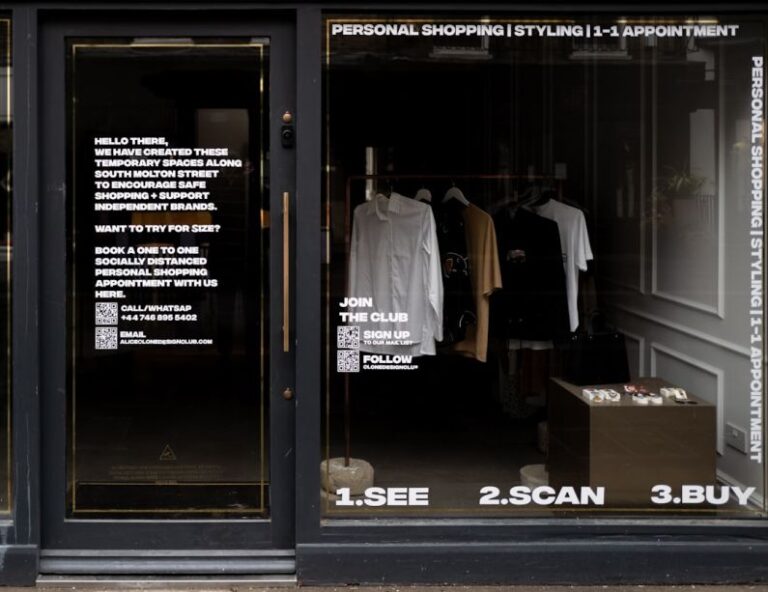How to Create a User-friendly Experience with E-commerce Catalogs?
In today’s digital age, e-commerce has become an integral part of our lives. With the rise of online shopping, businesses are constantly looking for ways to enhance the user experience on their websites. One essential aspect of creating a seamless user experience is through the use of e-commerce catalogs. These catalogs play a crucial role in helping customers navigate through products, make informed decisions, and ultimately complete a purchase. In this article, we will explore how businesses can create a user-friendly experience with their e-commerce catalogs.
Understanding the Importance of User-friendly E-commerce Catalogs
E-commerce catalogs serve as the virtual storefront for online businesses. They are designed to showcase products in an organized and visually appealing manner, making it easier for customers to browse and find what they are looking for. A well-designed e-commerce catalog can significantly impact a customer’s overall shopping experience and influence their purchasing decisions.
Simplify Navigation for Seamless Browsing
One of the key elements of a user-friendly e-commerce catalog is easy navigation. Customers should be able to quickly browse through different categories, filter products based on their preferences, and easily find specific items they are looking for. Implementing intuitive search and filter options can help streamline the browsing experience and make it more efficient for users to discover products that match their needs.
Optimize Product Listings for Clarity and Consistency
When it comes to creating an effective e-commerce catalog, product listings play a crucial role. It is essential to provide clear and concise product descriptions, high-quality images, and relevant information such as pricing, availability, and specifications. Consistency in formatting and layout across all product listings is also important as it helps maintain a cohesive look and feel throughout the catalog.
Enhance Visual Appeal with High-Quality Images and Videos
Visual content is a powerful tool in e-commerce catalogs as it helps customers get a better sense of the products they are interested in. Including high-quality images from multiple angles, product videos, and interactive features can enhance the visual appeal of the catalog and provide customers with a more immersive shopping experience. Visual content also helps build trust and credibility with customers by showcasing the products in a realistic and engaging way.
Implement Mobile-responsive Design for Accessibility
With the increasing use of smartphones and tablets for online shopping, it is crucial for e-commerce catalogs to be optimized for mobile devices. Implementing a mobile-responsive design ensures that the catalog is accessible and user-friendly across a wide range of devices and screen sizes. This allows customers to browse, shop, and make purchases seamlessly, regardless of the device they are using.
Utilize Personalization to Tailor the Shopping Experience
Personalization is a powerful tool that can significantly enhance the user experience in e-commerce catalogs. By leveraging customer data and preferences, businesses can tailor product recommendations, promotions, and content to each individual user, creating a more personalized and relevant shopping experience. Personalization not only helps drive engagement and conversions but also fosters customer loyalty and retention.
Create a Seamless Checkout Process for Easy Transactions
A user-friendly e-commerce catalog is incomplete without a seamless checkout process. It is essential to streamline the steps involved in making a purchase, minimize friction points, and provide multiple payment options to cater to different customer preferences. Implementing features such as guest checkout, saved payment information, and order tracking can help enhance the overall shopping experience and encourage customers to complete their transactions.
Conclusion: Elevating the User Experience with E-commerce Catalogs
In conclusion, creating a user-friendly experience with e-commerce catalogs is essential for businesses looking to drive engagement, conversions, and customer satisfaction. By focusing on simplifying navigation, optimizing product listings, enhancing visual appeal, implementing mobile-responsive design, utilizing personalization, and creating a seamless checkout process, businesses can elevate the user experience and set themselves apart in the competitive e-commerce landscape. By prioritizing user-centric design and continuously refining the catalog based on customer feedback and behavior, businesses can build a loyal customer base and drive long-term success in the digital marketplace.






